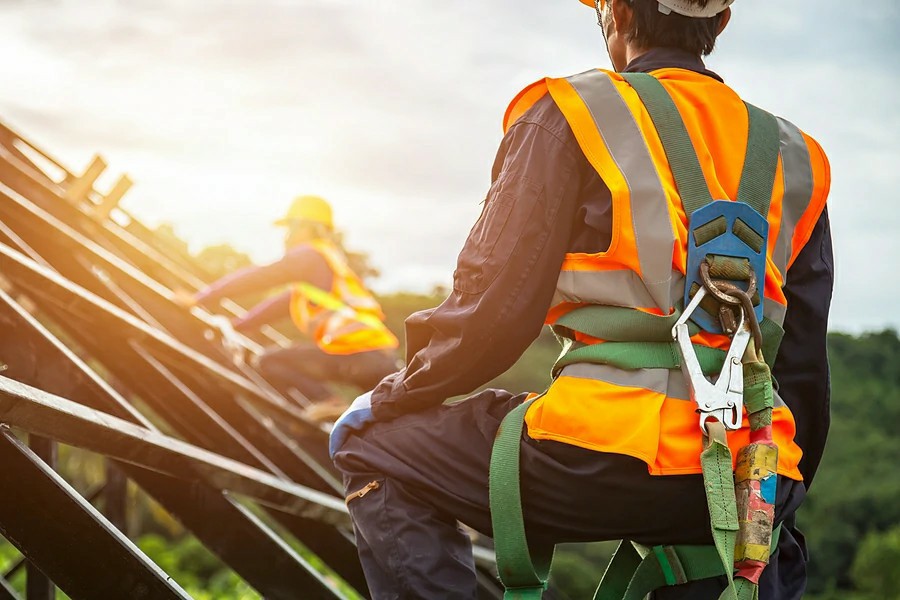Mastering Risk Assessments: Essential Practices for Working at Heights
Working at heights presents numerous risks, making risk assessments critical for ensuring the safety of every worker involved. By identifying hazards and implementing control measures, workplaces can significantly reduce the likelihood of fall-related accidents. In this comprehensive guide, we will explore the importance of risk assessments, best practices for conducting them, and how proper training prepares workers to evaluate hazards effectively.
Why Risk Assessments Are Crucial
Risk assessments are vital for several reasons:
- Accident Prevention: Identifying and mitigating hazards prevents injuries and fatalities.
- Regulatory Compliance: Many jurisdictions require formal risk assessments before undertaking work at height.
- Enhancing Safety Culture: Regular risk assessments promote a proactive safety environment within the workplace.
Step-by-Step Guide to Conducting Risk Assessments
1. Identify Hazards
The first step in conducting a risk assessment is to systematically identify potential hazards associated with working at heights:
- Evaluate the work area: Look for edges, holes, and unguarded platforms.
- Consider environmental factors: Weather conditions like rain, wind, or ice that can affect safety.
- Review equipment: Ensure ladders, scaffolds, and other equipment are in good working order.
2. Evaluate Risks
After identifying hazards, evaluate the associated risks:
- Assess the likelihood of an accident occurring.
- Determine the potential severity of an injury.
- Consider worker experience and training levels when assessing risk.
3. Implement Control Measures
Once hazards and risks are identified and evaluated, implement control measures:
- Elimination: Remove the hazard whenever possible, such as using platforms instead of ladders.
- Substitution: Use safer alternatives whenever possible, like machine-assisted lifts.
- Engineering Controls: Install guardrails or safety nets to reduce fall risks.
- Administrative Controls: Establish policies such as mandatory safety meetings.
- PPE: Equip workers with personal protective equipment, including harnesses and helmets.
4. Monitor and Review
Regularly monitor the work environment and review risk assessments:
- Conduct routine inspections to ensure implemented control measures are effective.
- Update risk assessments as tasks change or new hazards arise.
- Encourage feedback from workers regarding hazard identification and risk mitigation.
Common Risk Factors When Working at Heights
Understand the most common risk factors to anticipate potential hazards:
- Slippery surfaces or weather-affected conditions.
- Improper use of equipment, such as scaffolding or ladders.
- Fatigue or lack of focus among workers.
- Poor communication and safety protocols.
How Training Prepares Workers to Assess Hazards
Proper training is essential for equipping workers with the necessary knowledge to conduct effective risk assessments:
- Working at Heights Training: This course emphasizes hazard recognition and risk assessment best practices.
- Working at Heights Certification: Validates worker competency in safety protocols and equipment use.
- Working at Heights Online Course: Provides flexible training options for busy professionals looking to enhance their qualifications.
Case Study: Risk Assessment Success Story
A construction firm recently updated their risk assessment protocols after a near-miss incident involving a fall from height. By implementing more stringent control measures such as routine safety audits and conducting regular working at heights training sessions, the company successfully reduced potential hazards. Subsequent inspections showed a 50% decrease in reported near-misses and accidents.
Conclusion: Take Action on Safety
Integrating thorough risk assessment protocols before working at heights not only enhances safety but also fosters a culture of responsibility and awareness. By prioritizing regular training and proper evaluation methods, businesses can create a safer working environment.
Ready to boost safety in your organization? Explore our Working at Heights Course today! For inquiries, reach us at [email protected].



 349,500 Offered Certificates
349,500 Offered Certificates
 24/7 Online Training
24/7 Online Training
 Money Back Guarantee
Money Back Guarantee
 Fully Accredited Courses
Fully Accredited Courses
